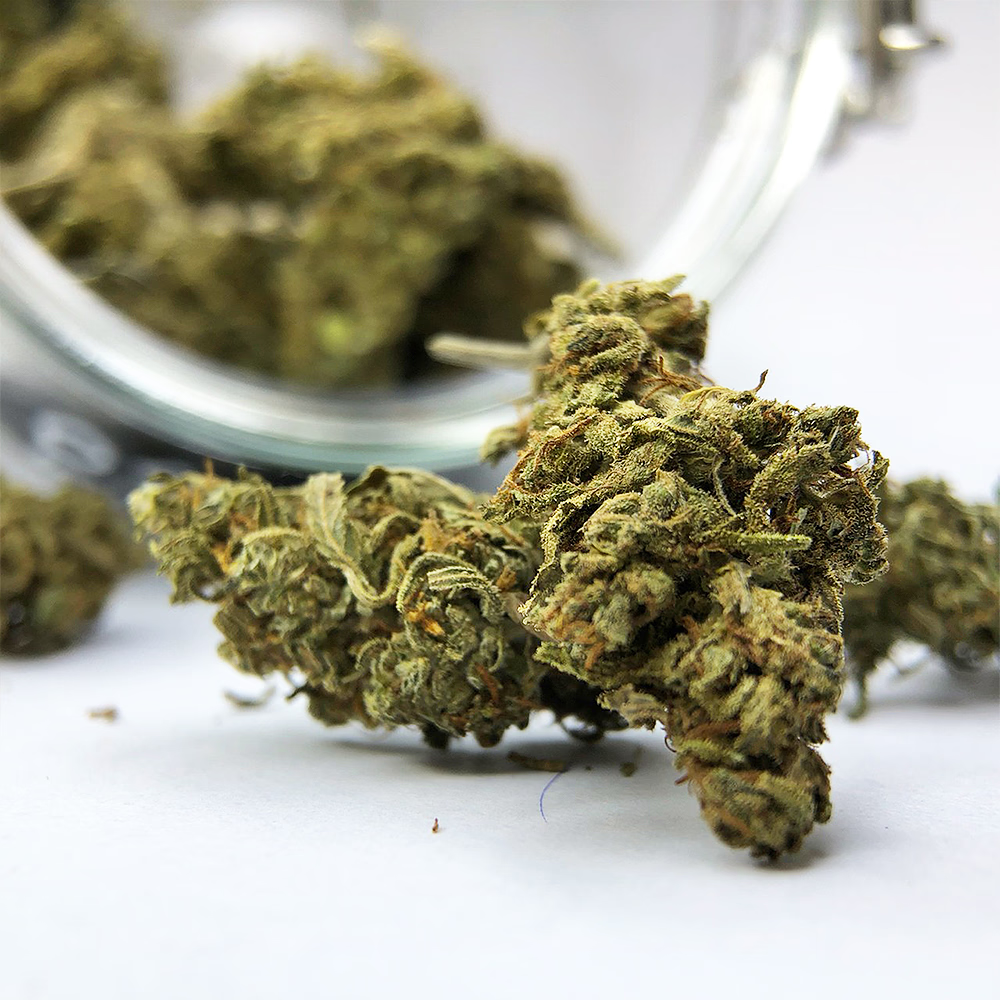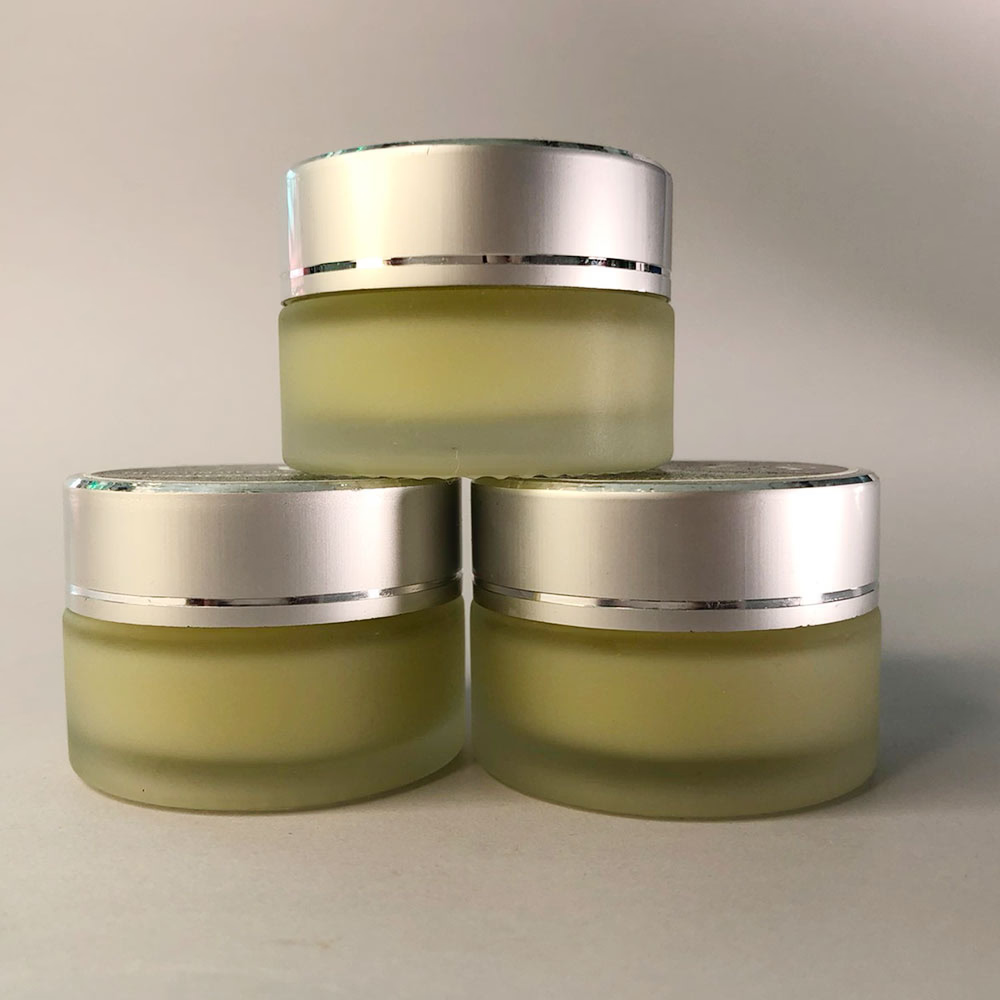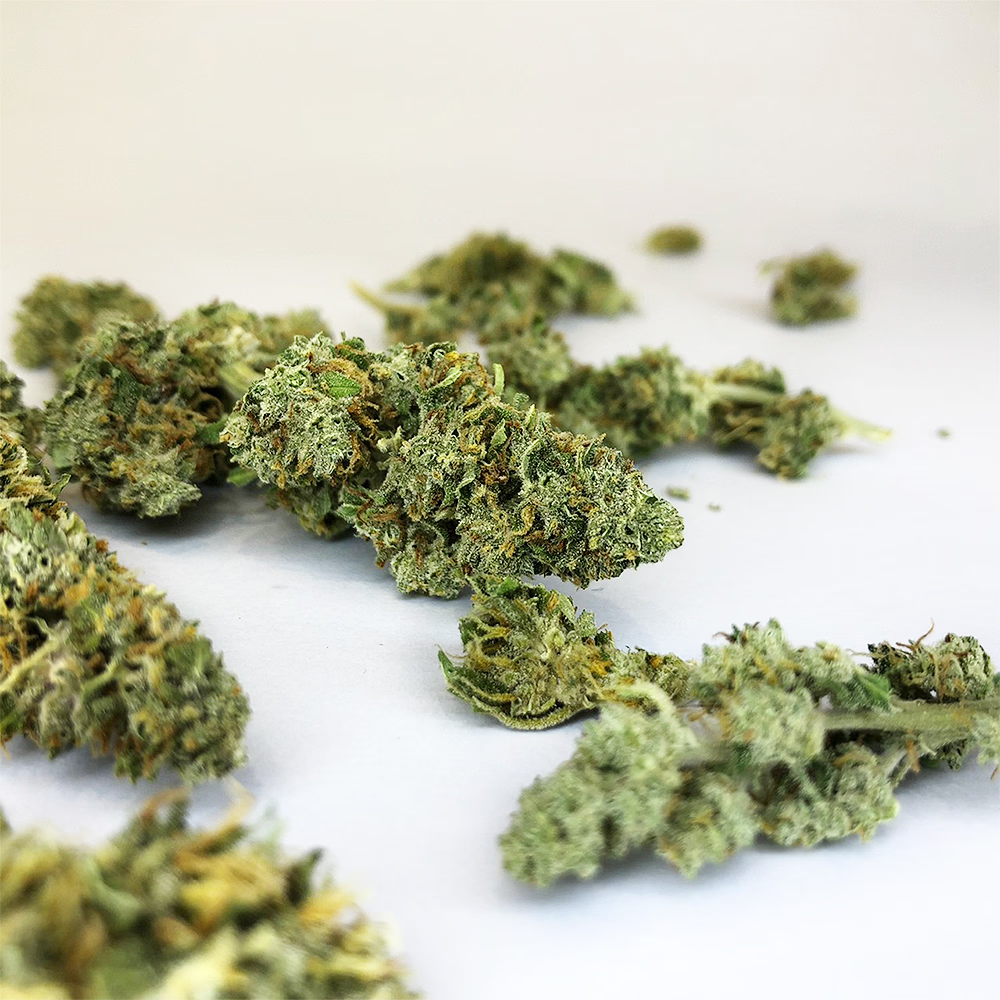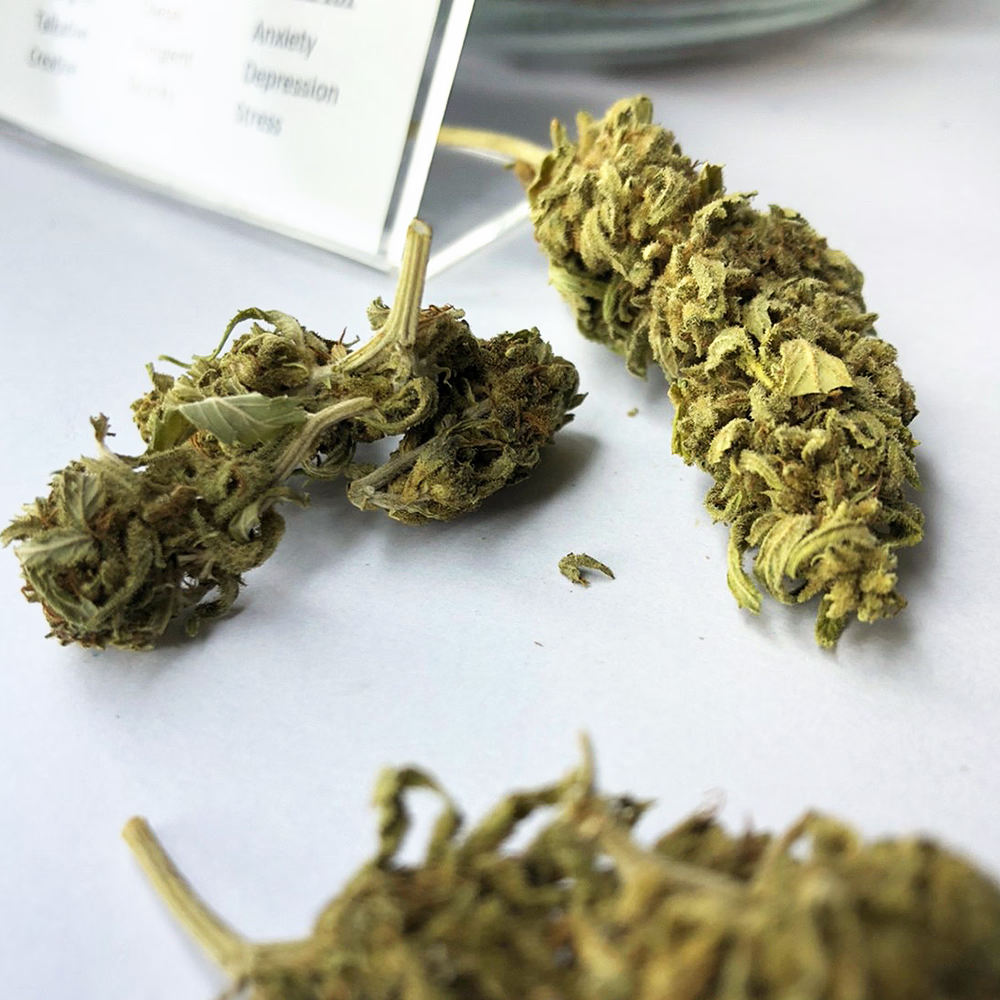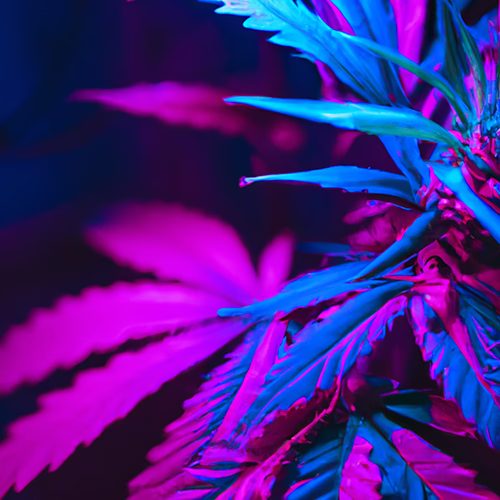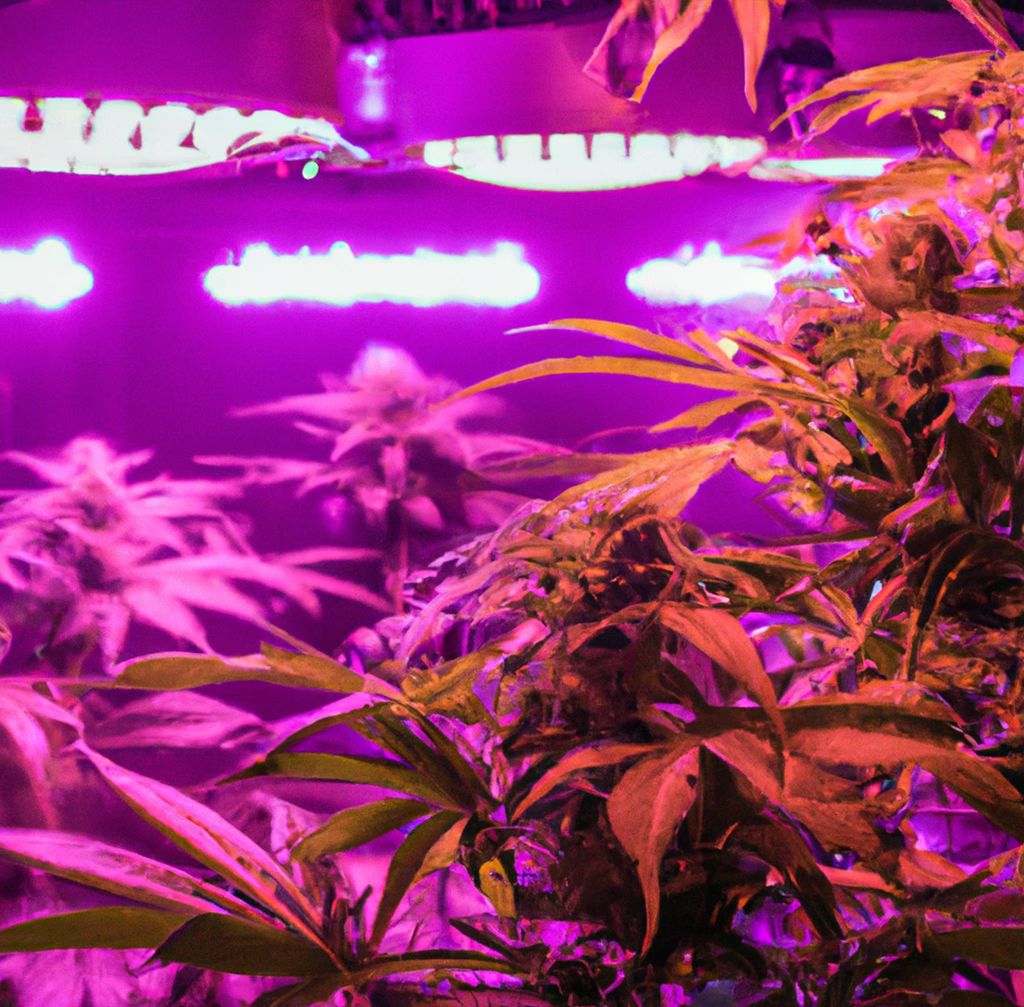Seeds Propagation with Fabric Pots Made of Unwoven Materials
Advantages of unwoven material
There are many advantages to using unwoven material in seed propagation. One of the most apparent advantages is that it is much cheaper than traditional materials such as plastic. Unwoven material is also much lighter, making it easier to transport and store. Additionally, it drains well and does not compact, meaning that your seeds will have plenty of room to grow.
Another advantage of using unwoven material is that it is easier to control the environment in which your seeds grow. This is because unwoven material does not hold moisture like soil, so you can more easily regulate the water your roots are exposed to. Additionally, you can more easily control the temperature and light exposure by using a greenhouse or other controlled environment.
Finally, using unwoven material can help prevent diseases and pests from impacting your seeds. Soil can often be a source of these problems, so by using an alternative material, you can avoid many of the issues that can come up.
Overall, there are many advantages to using unwoven material in seed propagation. If you want a cheaper, easier-to-control option, then unwoven material is excellent.
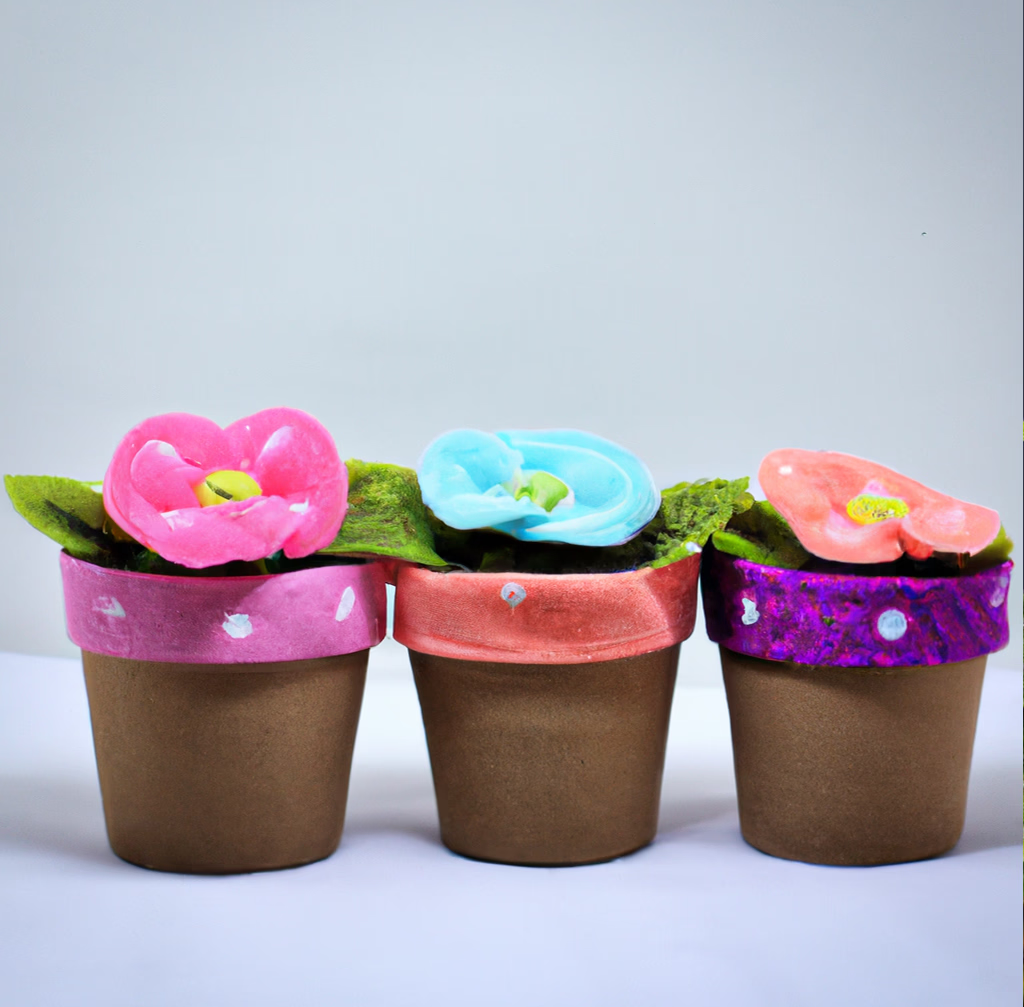
How to propagate seeds using unwoven material
Propagating cannabis seeds using a bed made of unwoven material is a great way to ensure that your plants have the best chance of surviving and thriving. This material allows for better drainage and air circulation, which are crucial for healthy plant growth.
Here are some tips on how to propagate cannabis seeds using a bed made of unwoven material:
1. Choose a sunny spot for your bed. Cannabis plants need a lot of sunlight to grow properly, so pick an area with plenty of suns throughout the day.
2. Prepare the bed. Unwoven material beds need to be prepared before you can start planting. Be sure to loosen the soil and remove any weeds or debris that could interfere with plant growth.
3. Sow the seeds. Once the bed is prepared, it's time to sow the seeds. You can do this by simply placing them on the surface of the soil and lightly pressing them down.
4. Cover the seeds. After planting the seeds, it's essential to cover them with a thin layer of soil or sand. This will help to keep them moist and protected from the elements.
5. Water regularly. Be sure to keep the bed moist by watering it regularly. Cannabis seeds need a lot of water to germinate and grow, so don't let the soil dry out. But don't overdo it; overwatering is the leading cause of cannabis sprout death.
6. Wait for germination. Once the seeds have been planted, it can take anywhere from a few days to a couple of weeks for them to germinate.
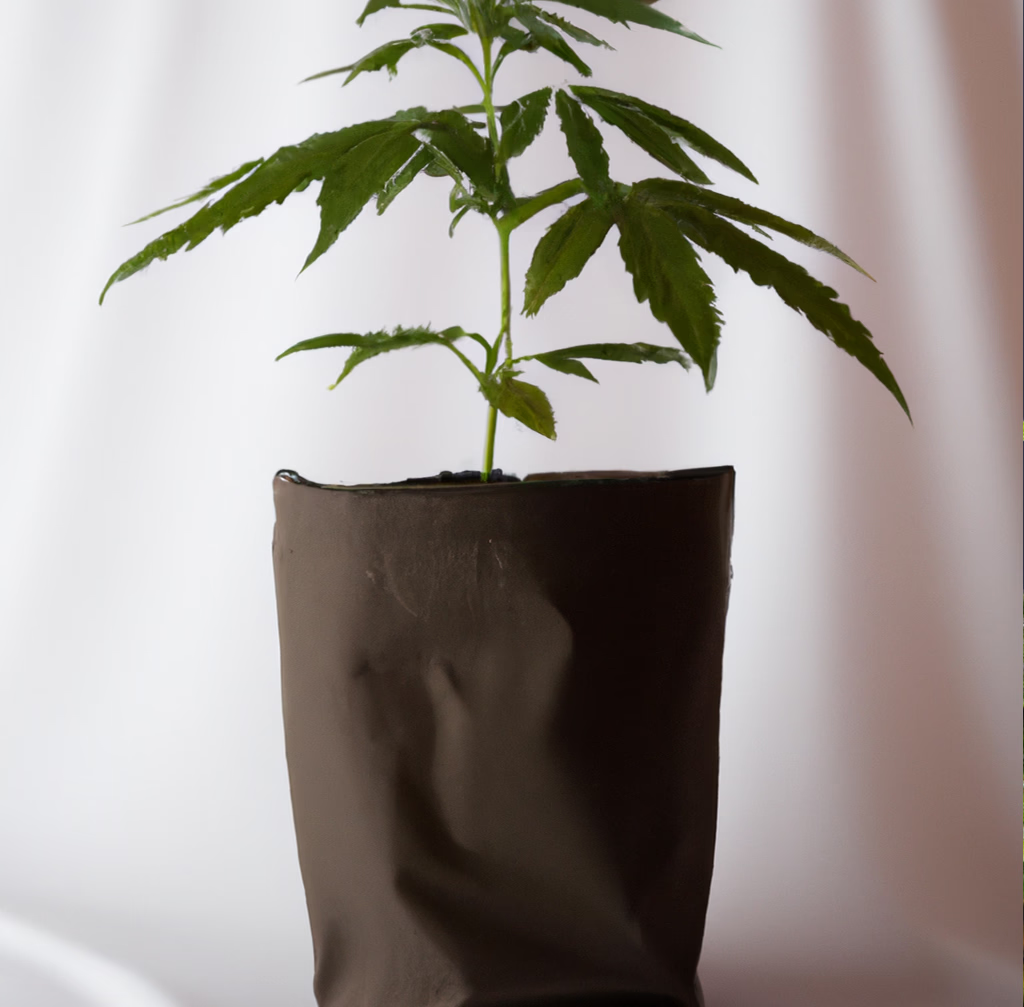
Advantages of using unwoven pots
Pots made of unwoven material have several advantages over those made of other materials. For one, they are much lighter, making them easier to transport and handle. Additionally, they are much more breathable than other pot materials, allowing for better aeration of the roots and preventing root rot.
Unwoven pots are also generally made of natural materials, like jute or hemp, which break down more quickly in the environment than synthetic materials. This means they are more eco-friendly and will have less environmental impact when disposed of.
Due to the lack of water resistance, these pots are a perfect fit for bottom watering, which is the best way to avoid Pythium and root rot.
Finally, pots made of unwoven materials are cheaper than those made of other materials, making them an excellent option for gardeners on a budget.
Disadvantages of using unwoven pots
Pots made of unwoven material are not as durable as fabric. The former is more likely to break or get damaged easily, while the latter can withstand more wear and tear. Furthermore, pots made of unwoven material are not as heat-resistant as those made of woven fabric, meaning they are more likely to warp or melt when exposed to high temperatures.
